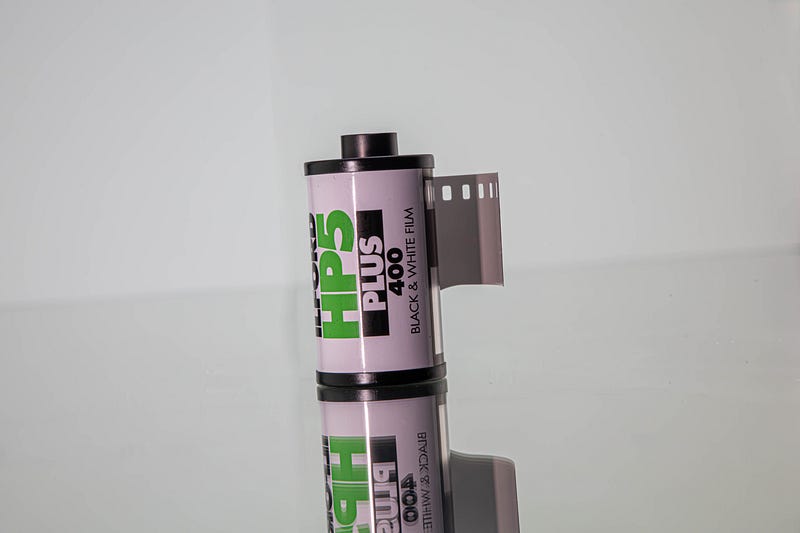Photoshop: The Simplicity Behind Its Complexity
Written on
The Evolution of Photo Editing
Many people voice their frustration about Photoshop being overly complicated. However, if they had experienced the photo editing methods prior to the digital era, their perspective might change entirely.
As someone who has been around for a while, I can’t help but feel irked when I hear others declare that Photoshop is “too complex” to master. Yes, Photoshop can be daunting. The array of icons, the multitude of features in various menus, and the abundance of panels can be overwhelming at first. But trust me, you have it much easier today than in the past.
Back in the mid-1990s, when I first began using a DSLR during my college years, digital photography was virtually nonexistent. If you wanted to edit images, you had to venture into a darkroom.
Our university had a sprawling darkroom on the arts campus, and I would have preferred spending time in detention. Although I adored photography, the darkroom was my nemesis.

The Struggles of Traditional Darkroom Editing
The ordeal began the moment you entered the darkroom clutching your film canister. In a cramped space darker than a cave, you had to awkwardly open the canister with what felt like a bottle opener. This was the least of my worries, and the task could take me an entire semester.
The real challenge lay ahead. After losing skin on three fingers trying to pry open the canister, the next step was to extract the film without damaging it or bleeding all over it, then cut it off the canister with scissors—all while ensuring it didn’t fall. Finally, you had to spool the film onto a metal reel.
Attempting to load the film onto the reel was a delicate endeavor even in broad daylight. Doing it in a pitch-black room was akin to solving a puzzle in the shower. Eventually, I had to bribe a classmate with drinks to help me out. That girl could hold her liquor.
If you miraculously succeeded in getting the film onto the reel, the next step involved fumbling around in the dark for your film tank and placing the reel inside it. Only then could you finally turn on the lights.
Next came the chemical processing. Carefully removing the right lid from the tank—yes, some have two—was crucial. You then had to pour the developer solution into the tank.
This concoction reeked, with an ammonia-like odor that left your eyes watering while you tried to measure it out in the dark. If you managed to avoid spilling it on yourself, the subsequent steps still posed a risk of ruining your clothes.
After this laborious process, you hung the film to dry overnight, only to begin the arduous task of editing and printing.
Creating the Contact Sheet
The first step was to produce a contact sheet—essentially a large piece of photo paper featuring mini-prints of all your photographs.
To do this, you had to meticulously cut the negatives into strips, lay them on a sheet of photo paper, and expose them to light. Many things could go awry, from accidentally slicing through a negative to mistakenly placing the paper upside down, or worse, turning to chat with a friend and knocking your negatives onto the floor, resulting in a collection that looked like it was shot in the 1830s.
Once you printed the contact sheet and faced the disheartening realization that your best shot was completely out of focus, you’d proceed to print the least terrible of your 24 photos. The last few frames were typically of your flatmate drinking from his shoes, just to finish the roll.
You’d place the chosen negative under the enlarger and then spend hours adjusting the focus, only to find that your exposure time calculations were off. Thus began the cycle of wasting expensive photo paper as you tried to capture something that didn’t resemble a scene from Chernobyl.
Even after all this effort, you might still find an overexposed area on your model’s face, risking marks from the course instructor. So, you’d try again, hoping to shade the area without creating a shadow resembling a fist. Spoiler alert: it never worked.
In contrast, learning how to use Photoshop allows you to accomplish all of this in a fraction of the time and with far less stress. Too complicated? If you think so, you truly don’t appreciate the progress we've made.
Chapter 2: Embracing the Digital Age
In the video "BAE BUYS MY OUTFITS! ARE YOU KIDDING ME?? PART 2," the speaker humorously explores the complexities of shopping while showcasing the ease of digital tools like Photoshop.